
Essential Gear You Need to Start Your Own Production Company
From 4K cameras and gimbals to editing software and computers, let’s look at the essential gear you’ll need to start your own video production company.
There are plenty of reasons why people decide to start their own video production companies. Some are budding entrepreneurs who want to tap into the potentially lucrative business of corporate video production. Some are film school graduates frustrated at the prospect of bouncing between production internships before finding steady work. Others simply want to turn their hobby of shooting videos here and there into a full-time career.
Whatever your reasons, once you do decide to start your own video production company, you’re going to need to gear up.
And, while you’ll find lots of content online that insists you should immediately get your hands on a high-end camera, a couple of new drones, and some studio space — I mean, you are serious about this, right? — I actually suggest starting small when it comes to cameras, gear, and equipment.
With lighting needs, audio recording necessities, and yes, even cameras in mind, let’s take a look at the essential gear you’ll need when launching your own video production company.
Versatile 4K Hybrid Camera
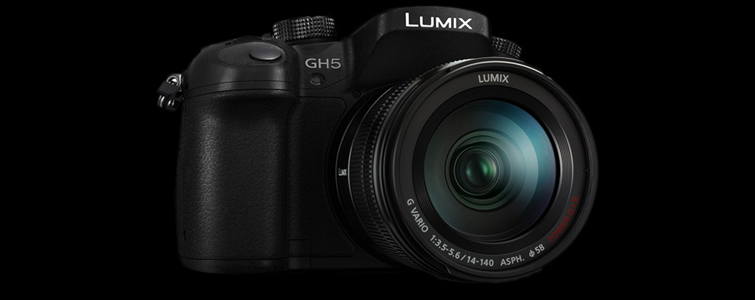
Choosing the right camera for the job is essential. Image via Panasonic.
I wish I could sit here and tell you that it’s not the camera that makes a good video, but rather the filmmaker/videographer/content creator behind the lens. However, we live in a world where many clients and consumers base their expectations and demands on the latest trends and fads — like 4K video or higher.
As such, I’d say that any video production company that wants to get work needs to have a 4K camera ready to go at a moment’s notice. Luckily, there are plenty of surprisingly affordable options.
Sure, you can go out and grab the newest Canon EOS R5 and offer 8K too, but I’d actually advise playing the markets. Try to find a reliable hybrid video camera that can shoot 4K video (without too much of a crop and at a good quality) that can also double for photography, should the need arise.
Try to stay in the $3,000 range as that’s pretty much where the maximum camera value currently sits. Here are some suggestions:
Looking at lenses for your 4K-base camera, I recommend this combo:
- A solid zoom in the 35mm-70mm range (or equivalent)
- 50mm for stylized looks
- 85mm for close-ups
- A wide-angle for other coverage needs.
Go-To Cinema Camera (Own or Rent)
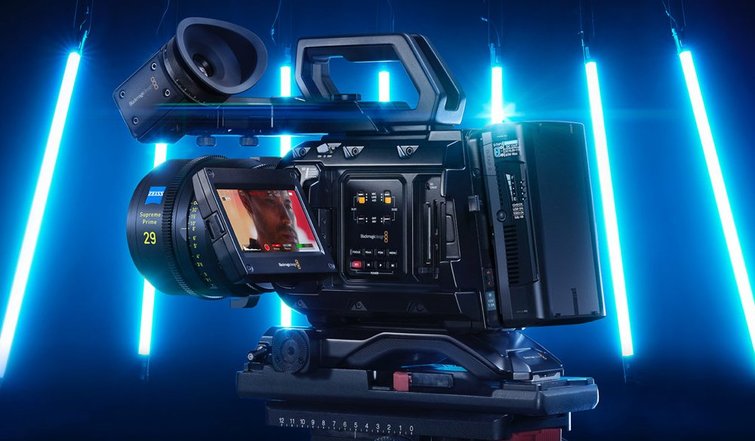
Offering your clients a high-end cinema camera for commercial shoots is a selling point for your branding. Image via Blackmagic Design.
You can get more work — broadcast commercial shoots and the like — by offering clients a higher-end cinema camera option. If you own a RED camera already, that’s great. Make that a focal point of your branding so clients know you offer high-end videography.
However, if you’re looking to focus your investments elsewhere, I’d suggest renting high-end cameras until you’re certain you’ll need one consistently enough to warrant the investment.
Here are a few top-notch cinema cameras. Find a rental resource that stocks them, and keep their number handy.
- Blackmagic Design URSA Mini Pro 12K
- Canon EOS C300 II
- Sony FS5 II
- Panasonic EVA1 5.7K
- RED Digital Cinema DSMC2
Along with renting a higher-end cinema camera for certain shoots, look into renting lens bundles — based on project and client needs — to be specifically chosen for your camera rental of choice. Some solid resources for lenses (as well as cameras) include LensRentals, BorrowLenses, and ShareGrid.
Tripods, Gimbals, and Rigs
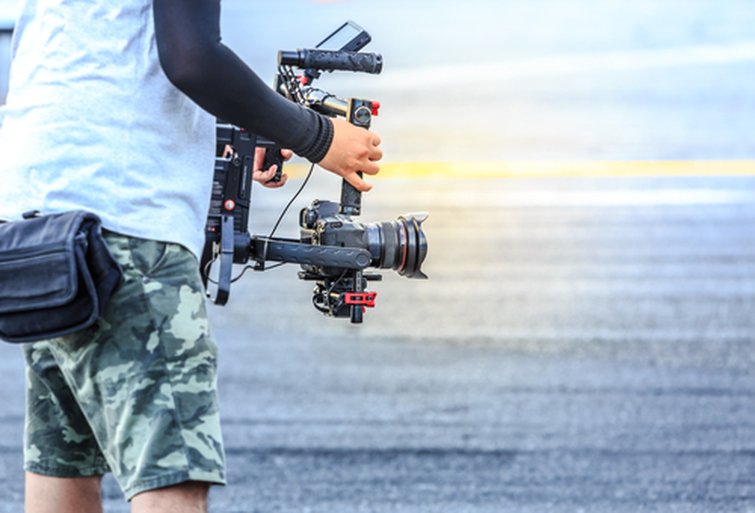
Depending on the project, handheld-friendly gear may prove to be a necessity. Image via Avigator Fortuner.
For the handling of your cameras and gear, ask yourself what kind of projects you ideally see yourself doing. If you’re expecting to work in standard interview and talking head setups, focus on stationary tripods and controlled movement investments, like sliders and cranes.
However, if you’re more interested in run-and-gun videography — documentary content, news, etc. — look into handheld-friendly options, like shoulder mounts, gimbals, and Steadicams.
For those just starting out, I recommend investing in at least one piece of gear from each of these categories:
- Tripod for static shots
- Slider for basic controlled camera moves
- Handheld rig for basic movement
- Gimbal or Steadicam for more controlled movement
Invest wisely — spend some time exploring brands like Manfrotto, Wooden Camera, edelkrone, and DJI.
Three-Point Lighting Kit
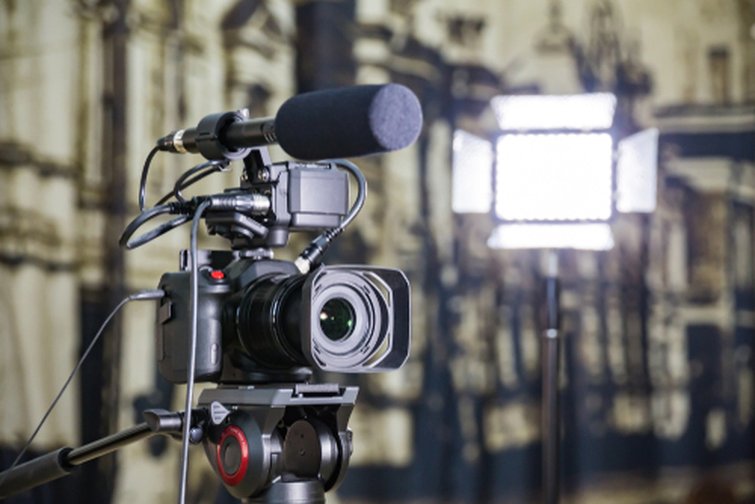
Invest in the gear you know you currently need rather than gear you might need for the future. Image via lapandr.
Having worked with a new video production company that grew from a few employees to well over a dozen, I advise investing based on current needs rather than future expectations.
For lighting, this means starting out with a simple three-point lighting kit that’s functional, easy to move quickly, sturdy enough to not fall or break, and priced in a way that won’t limit your resources elsewhere.
Go to your local mom-and-pop video and photography store (if possible), or turn to a trusted online retailer like B&H, Adorama, or even Amazon. Search for “Three-Point Lighting Kit Bundle for Video” and focus on deals in the $400-$500 range for best quality.
Audio Recording Bundle
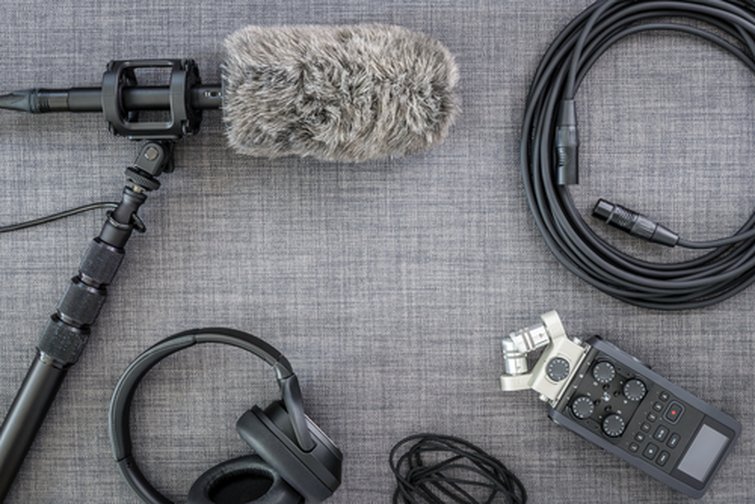
Because audio needs vary by project, have an audio recording bundle on hand. Image via Jeff Baumgart.
With audio resources, build a ready-to-go “audio recording bundle” that’s similar to your lighting kit setup — functional, lightweight, and easy to mobilize quickly.
Audio needs vary drastically from shoot to shoot, but I’ve found that having these basics will cover the majority of your projects:
- Multi-channel audio recorder
- Shotgun boom mic
- Boom mic pole
- Boom mic stand
- Wireless lav kit
- Multiple headphones
When it’s time to buy, turn to options from trusted brands like Zoom, Sennheiser, RØDE, and Manfrotto.
Quality Editing Computer
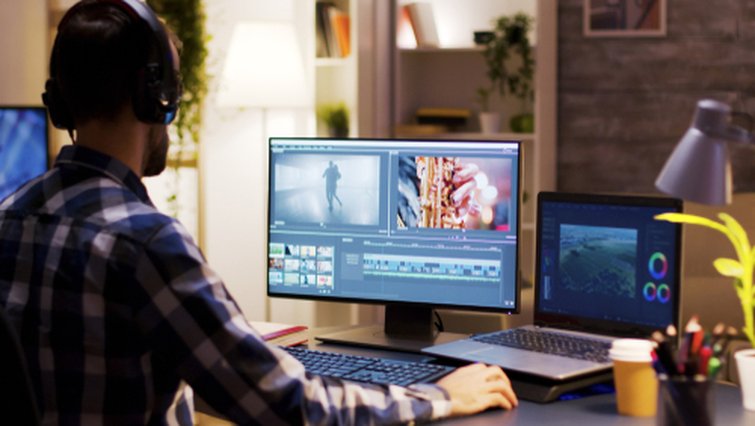
Make certain you have a computer suitable to your editing needs. Image via DC Studio.
Moving from actual production into post-production, you’re obviously going to need a computer for editing. Don’t skimp here.
In fact, if you’re offering full service (also called turnkey) video production that includes editing work, then I highly recommend putting most of your investment resources into your computer(s) and editing workflow.
I’ve worked with various production companies and in house for some big-name agencies and brands, and, regardless of the size of the operation, Apple computers — like the Apple Mac Pro, iMac Pro, and MacBook Pro — have never let me down.
Not an Apple person? I’ve heard good things about options like the Microsoft Surface Studio. If you’ve got a DIY streak, consider building your own editing PC, which can often be the most bang-for-your-buck option — even on a budget.
Editing Software

With all the available video editing software on the market, find one you’re comfortable with and fits your client’s needs. Image via George Khelashvili.
We live in an era where you actually have several video editing software and app options at your disposal. Nonetheless, the tried-and-true, big-name NLEs still rule the industry.
Which NLE is right for you? Find out by taking advantage of some free trials. Work with each of these platforms for a week or so, just to see which feels best for your own sensibilities and workflow.
While some people might try to tell you otherwise, there’s no wrong answer here. It’ll come down to which you’re most comfortable with, along with what your peers use and your clients expect.
Plugins, Apps, and Resources
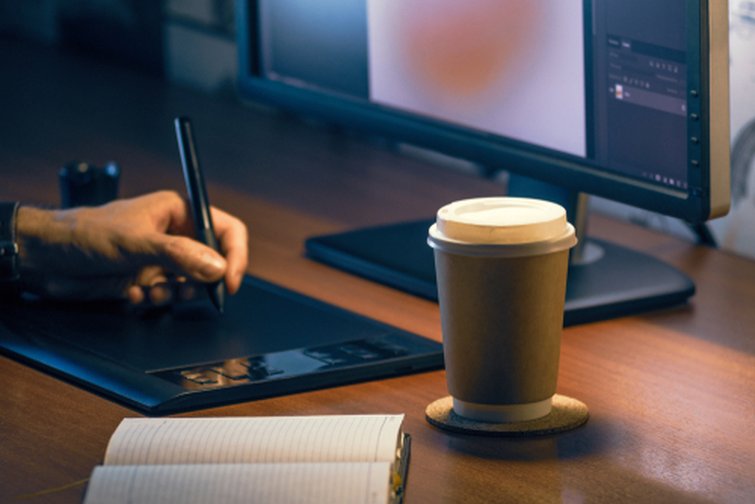
Depending on your client’s needs and your own expertise, expand your editing resources with an upgrade. Image via V_Sot_Visual_Content.
Once you have your base NLE video editing software, you can add on, upgrade, and bring in other video editing resources, depending on your expertise and your project’s needs.
I’m talking about working with VFX and motion in programs like Adobe After Effects, Cinema 4D, and ZBRUSH. You can also find additional resources with plugins like Mocha AE and Red Giant’s Trapcode Suite.
For tons of apps, plugins, and templates that can enhance your video editing and motion projects, dive into these resources. There’s lots of good (and free) stuff here.
- Top 10 Paid and Free Scripts and Plugins for After Effects
- Free Design Elements for Motion Graphics Artists
- 10 After Effects Plugins Every Motion Designer Should Have
- Using Motion Graphics Templates for More than Lower Thirds and Titles
- Red Giant VFX Suite 1.5: Lens Distortion Plus More Tools for After Effects
Hopefully, with all this advice and all of these resources in your pocket, you’ll be able to offer your clients truly solid across-the-board service at a strong-yet-competitive rate. Good luck!
For more video production recommendations, guides, and inspiration, check out these helpful resources:
- How to Start a Production Company in the 2020s
- The 5 Types of Corporate Video Clients You’ll Work With Most
- Breaking Down Individual Roles in a Video Production Company
- A Guide to Handling Unexpected Setbacks on Location
- How to Use OBS Studio for Streaming and Video Conferencing
Cover image via Guitar Studio.





